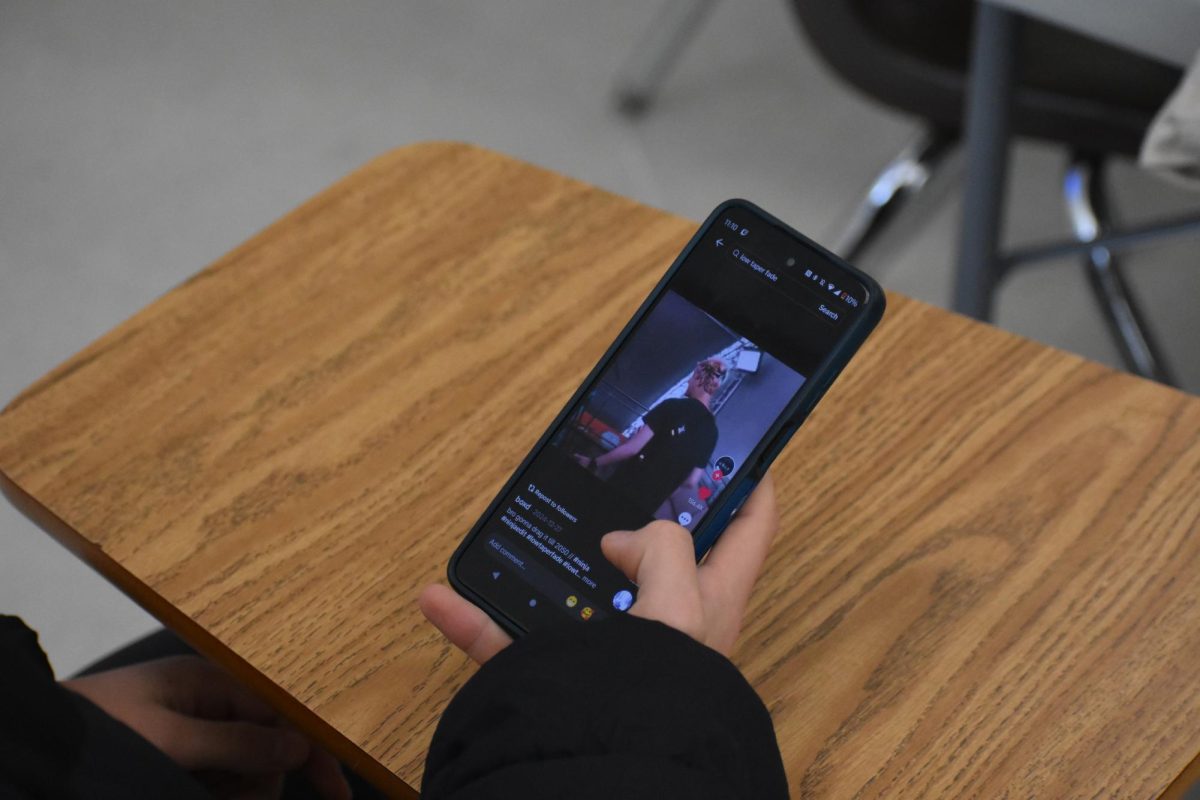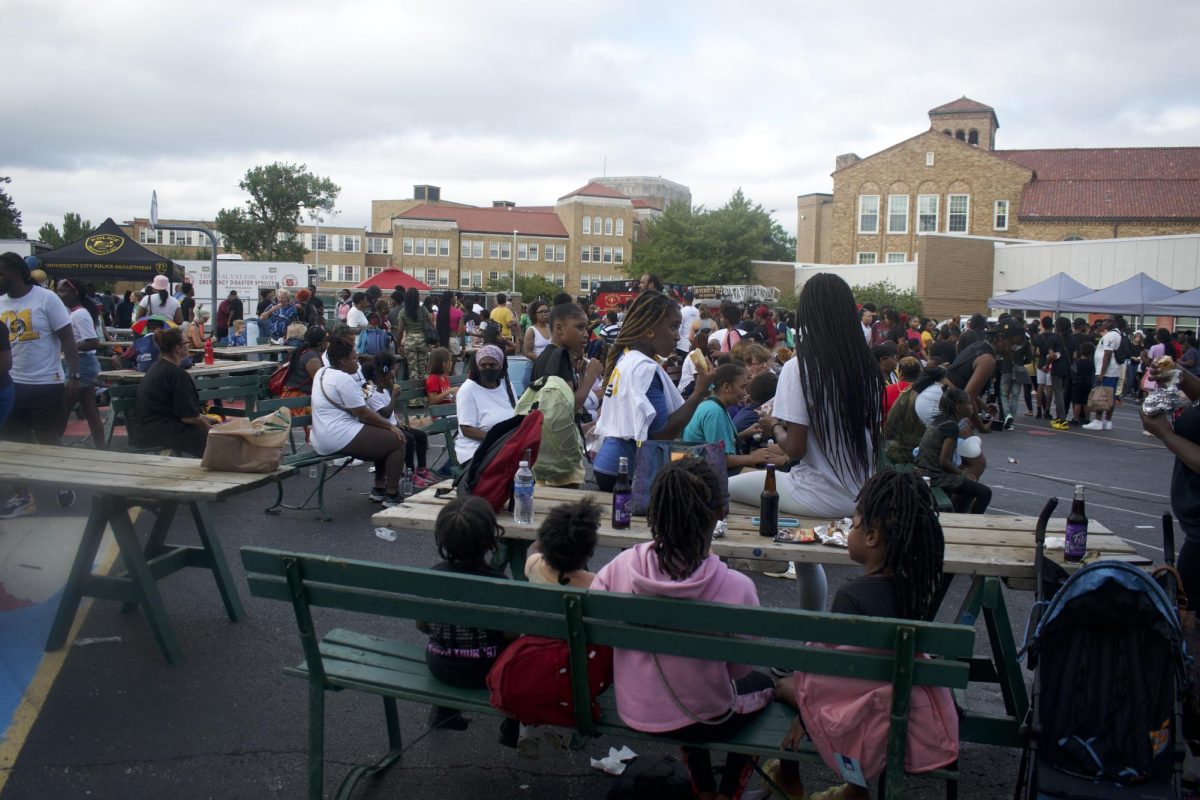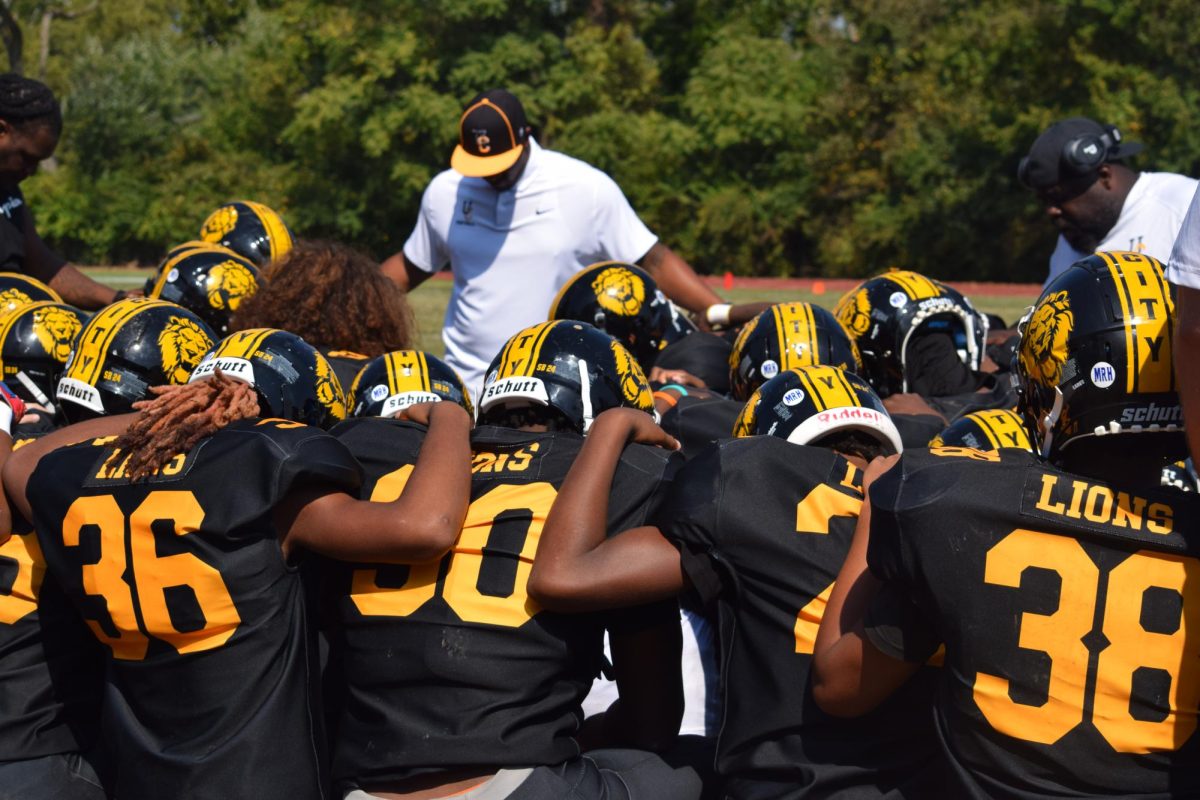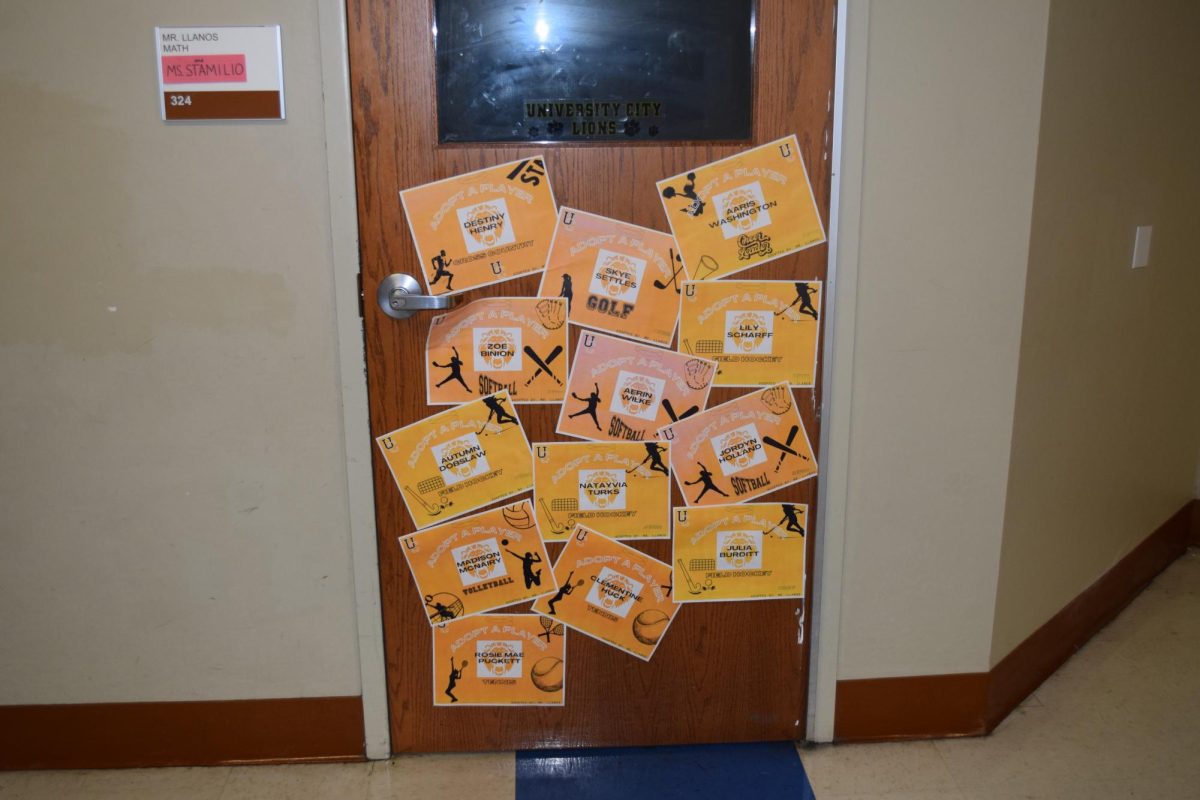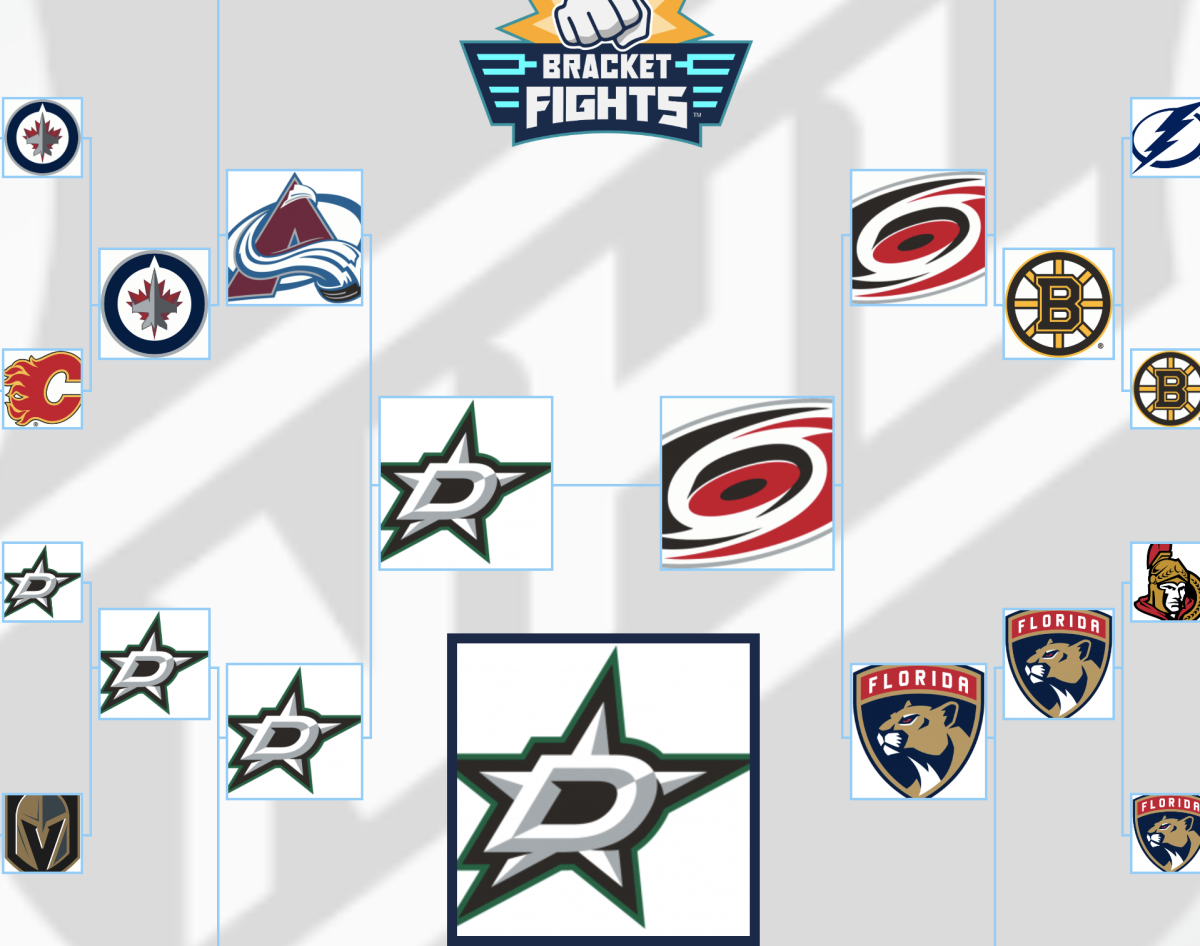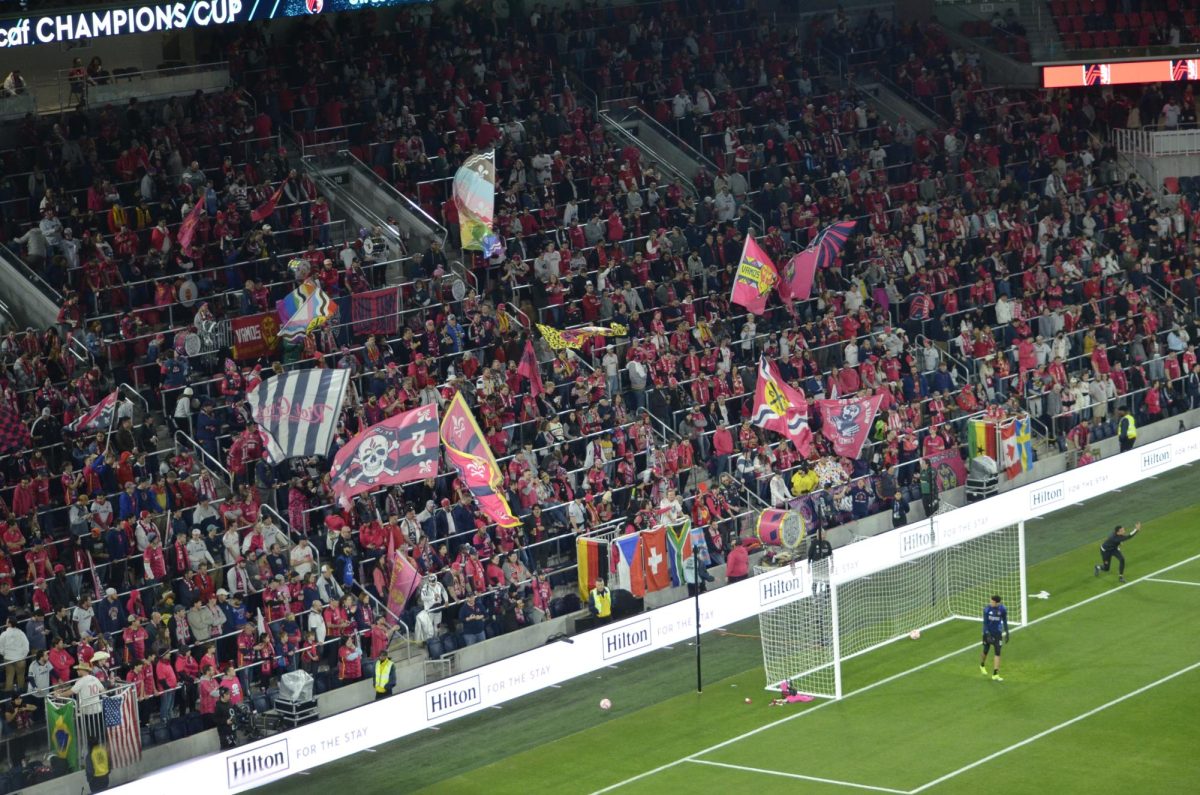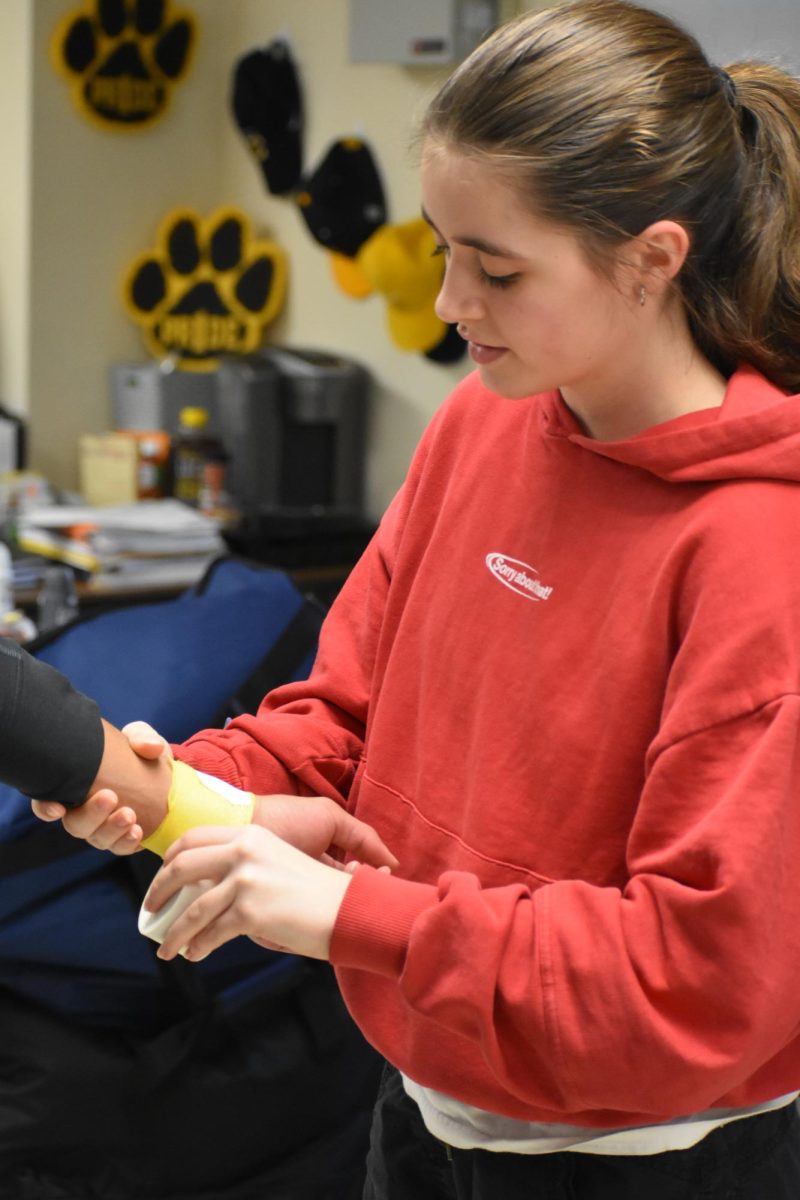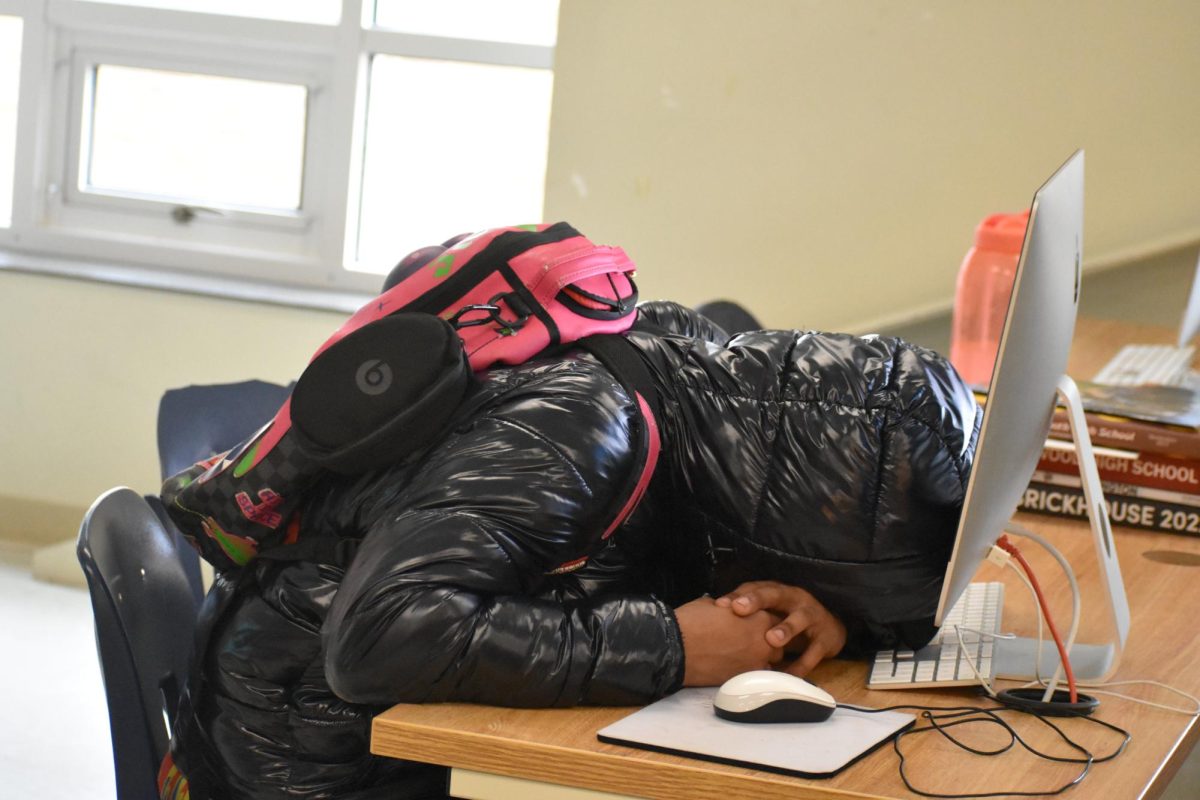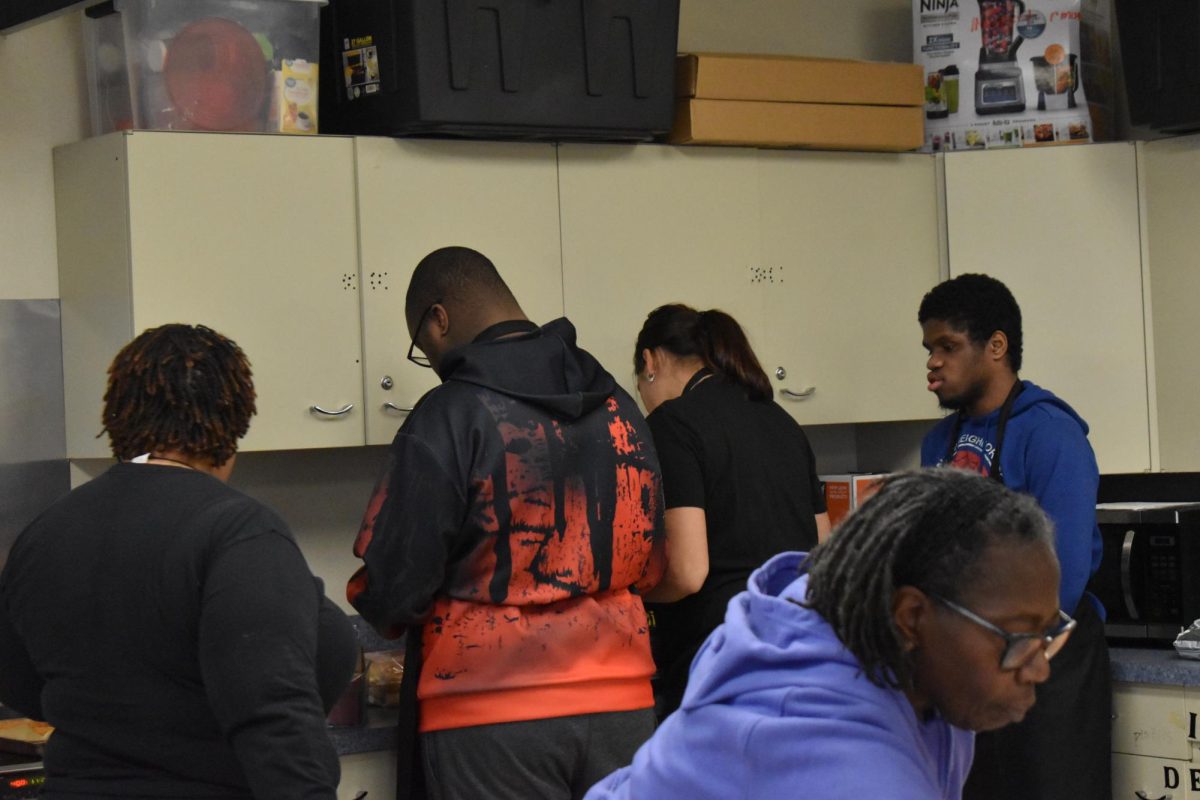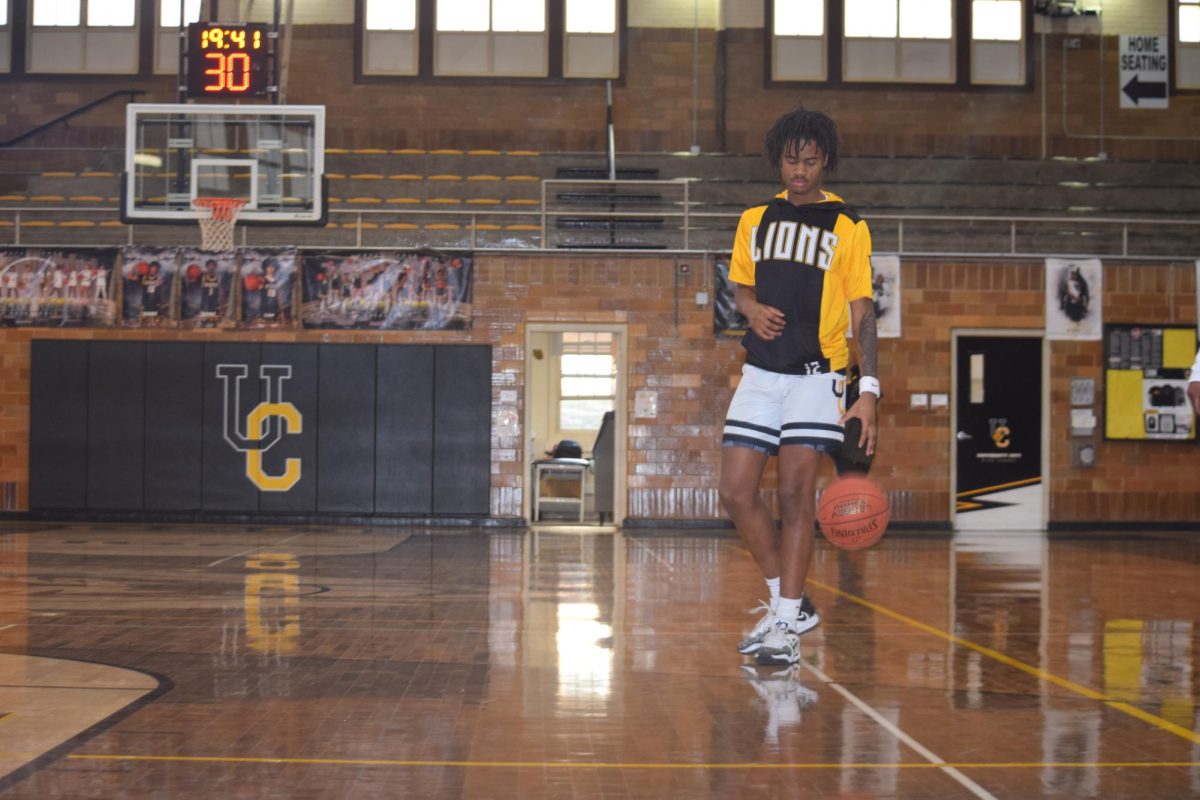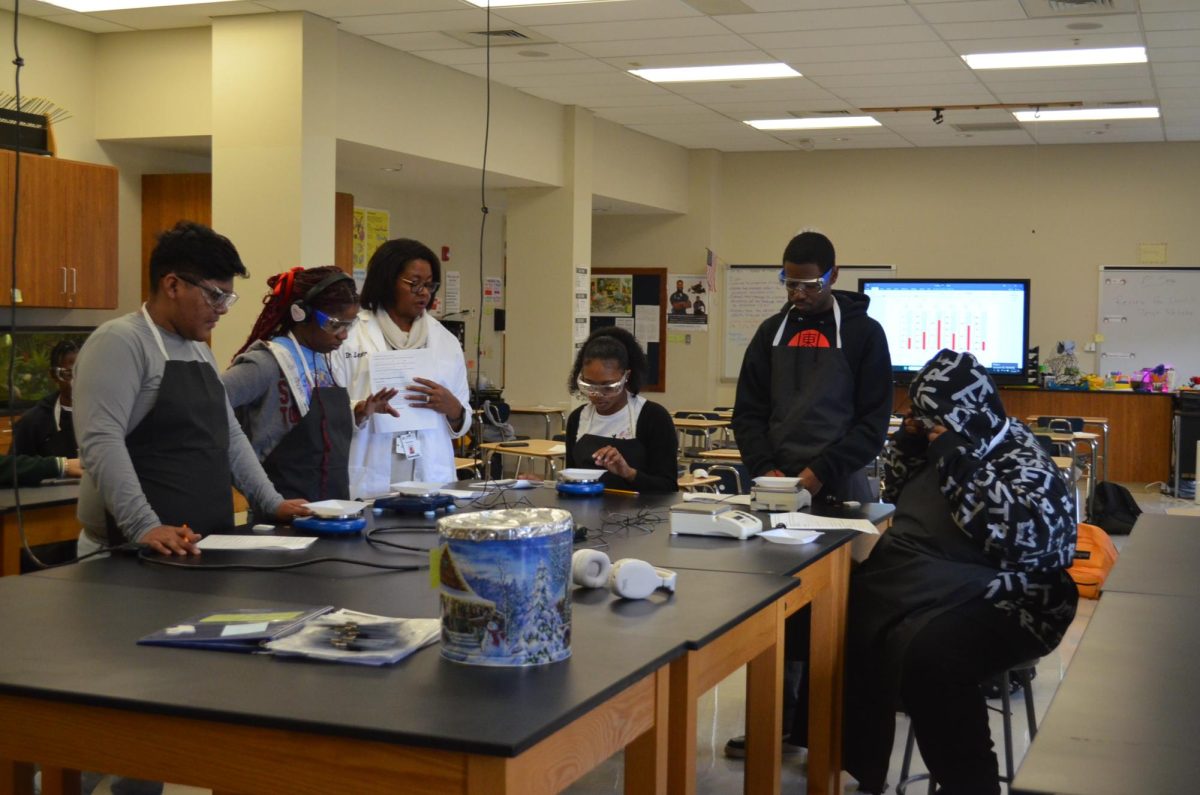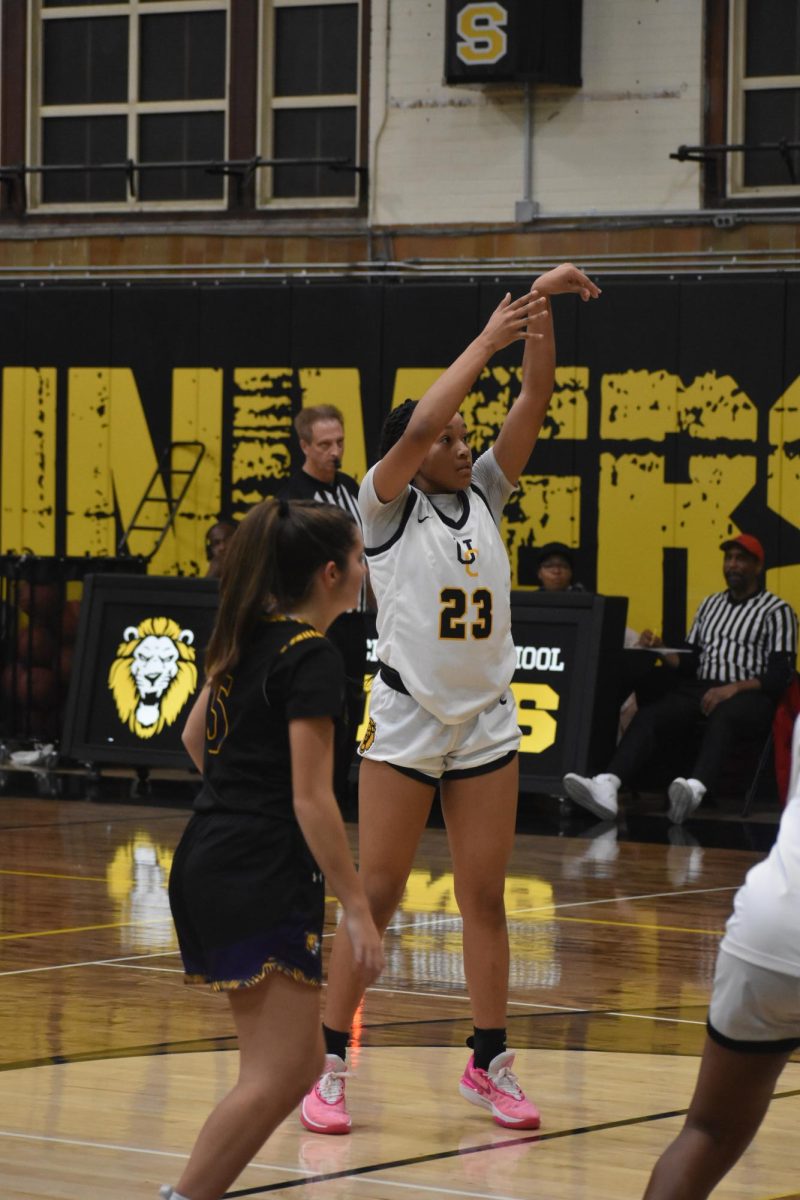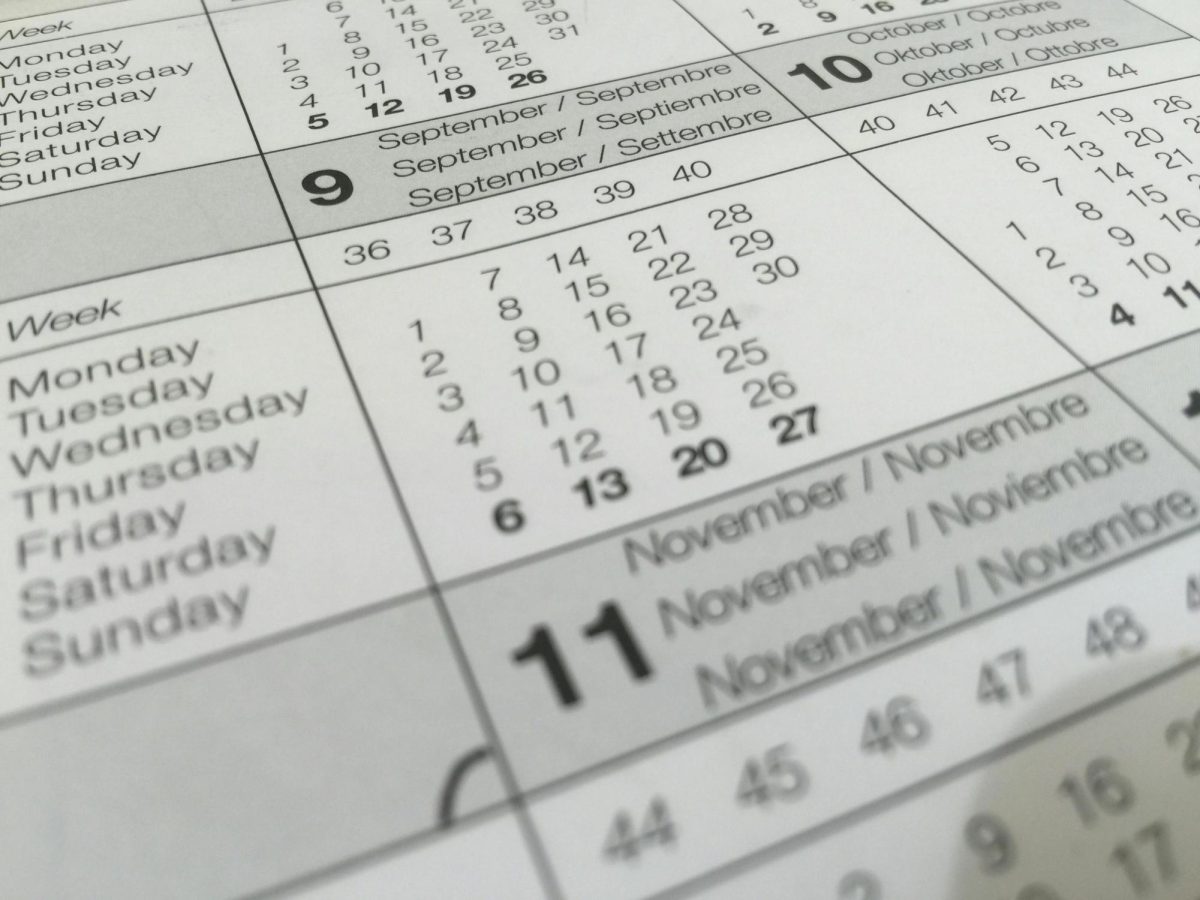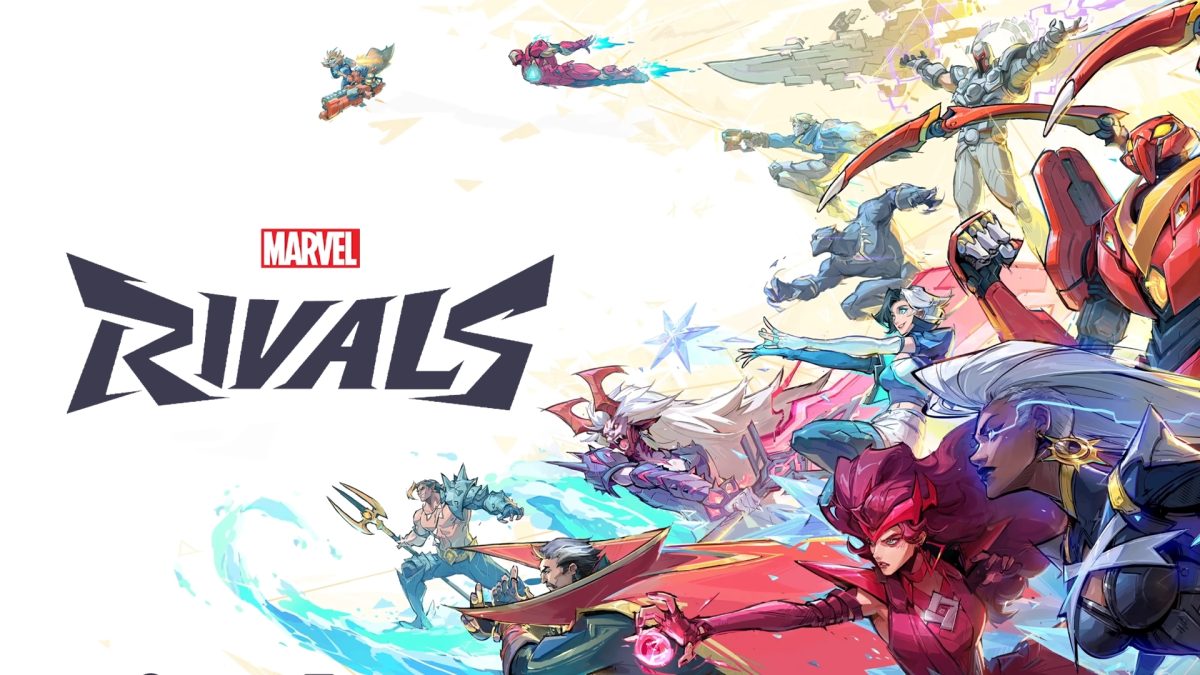Girls Day In does not measure up to boys’ version
February 4, 2020
For the second year in a row, the boys at our school got to enjoy Boys Night Out, where they spent hours hanging out with their friends and playing basketball, video games, and glow-in-the-dark dodgeball. It was never a surprise to hear Bishop Luther Baker’s voice on the announcements ranting and raving on and on about the main attractions that the boys wouldn’t want to miss. I was always amused at the overflowing amount of enthusiasm; I just couldn’t believe that this boy’s event was the end all, be all…until I walked past the larger than life posters (that nobody could miss) showcasing activities any boy (or girl) would enjoy doing. Each time I passed a poster the same question kept popping into my mind: “When were the girls going to get one?”
I just couldn’t shake the feeling of being left out. I wanted the same dedication that the boys got from Bishop Baker, the same daily announcements that exuded excitement. I wanted the bright posters that boasted to everyone who passed by. Finally, my question was answered and the date was set for Girls Day In. Finally, the girls would get the same opportunity as the boys to bounce off the walls. I was ecstatic, assuming that the girls would be given the same treatment—until it didn’t turn out like that.
It all started with a google form sent out by Linda Pritchard, A Plus coordinator and one of the organizers of Girls Day In, asking girls if they would attend an event designed for them and what activities they would want to do. Once I replied, I felt a small bit of excitement, and waited for the daily announcements that raved about the fun attractions. They never happened.
Walking around the school, I expected to see giant colorful posters, and instead there were the typical small 8.5 x 11” paper with only two colors: pink and purple. Now, I have no problem with these colors, in fact, purple is my favorite color. However, those colors overly feminized an event we already knew was for girls and represents something different from the action-packed boys event. In contrast, the Boys Night Out posters were huge and there was no way you could miss them. I literally had to strain my neck to catch a glimpse of the tiny Girls Day In posters. Of course, the event was easily forgotten. This supposedly unforgettable day filled with bonding and entertainment with the girls took place on Thursday of finals week as opposed to Friday, which was the day of the boys’ event and took away some of the enjoyment, since my mind was unable to relax in the middle of finals-induced stress.
The day finally arrived for the first Girls Day In, where my friends and I supposedly would laugh and enjoy ourselves. However, most of my friends weren’t going. In fact, hardly anybody was going. Folake Adewale, sophomore, and I walked into the auditorium to see about eight seats filled. It was then that reality set in that Girls Day In was not going to meet my expectations.
There was no basketball, no video games, no glow-in-the-dark dodgeball. The girls were going to sessions dedicated to “finding the princess within,” self defense and car mechanics, wrapping up the day with an art project. The only session that got a pass from me was the one on self defense. All the others struck out and the art project was anti-climatic. Throughout the day, Mikesa Hatten, a freshman I befriended, and I discussed how we felt indifferent about the activities and we preferred to do the sort of activities the boys were offered.
Upon reflection, I somewhat enjoyed myself, but something about the day kept bugging me. It was the inequality between the two events. Now, it isn’t as big as fighting for the right to vote, but again, it is the prejudicial quality of the differences. I don’t mind learning about healthy relationships because that is valuable information; however, during Boys Night Out, the boys certainly weren’t given a mirror and a crown to find their prince within. Pretty sure they didn’t review different examples of unhealthy relationships, either.
I am not just nitpicking; even Pritchard agreed with me by saying, “[The boys] should definitely learn about healthy relationships as well because you can’t teach girls about certain things that make a relationship healthy and the boys don’t receive the same information.”
Even the names chosen for these events were subtly sexist. The first thing that comes to mind when you hear “Girls Day In” are housewives couped up at home cooking, cleaning and caring for children, while their husbands enjoy a lively night out on the town. However intentional or not intentional, the two events were set up to play into gender norms from the start, which is inherently unfair to everyone.
Did the boys learn how to check their tires? No. Were they taught about the essentials that need to be kept in their cars? No. The boys’ day was decidedly different and ended with a fast-paced and competitive game of glow-in-the-dark dodgeball. I ended the day painting the U. City symbol for my mom.
There’s nothing wrong with painting—I liked the time I used to reconnect with a friend I haven’t seen for a while. It was just that I expected something better and less feminized. Overall, I enjoyed the girls I met and spent time with at Girls Day In and hope the next one is better and that this is just the first of many to come.
Next time, let’s look at the offerings a little more closely. Let the girls event become just as exciting as the boys. We need activities to rival the boys’ event. Let’s catch up to the 21st century idea of a woman. Let’s try to avoid doing it to ourselves, which Pritchard and the other facilitators of Girls Day In did—with no harmful intent. An attempt of inclusion goes to waste when you’re doing more harm than good.

